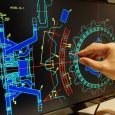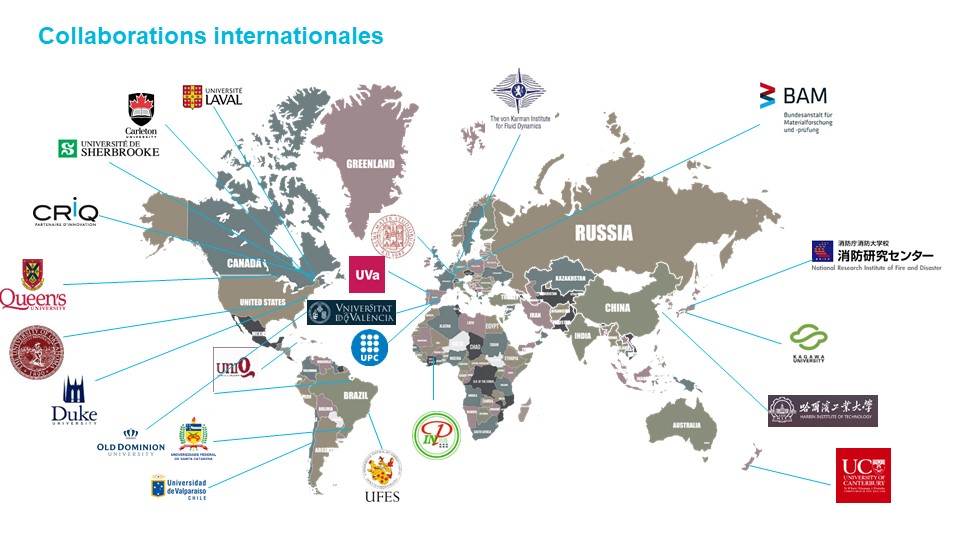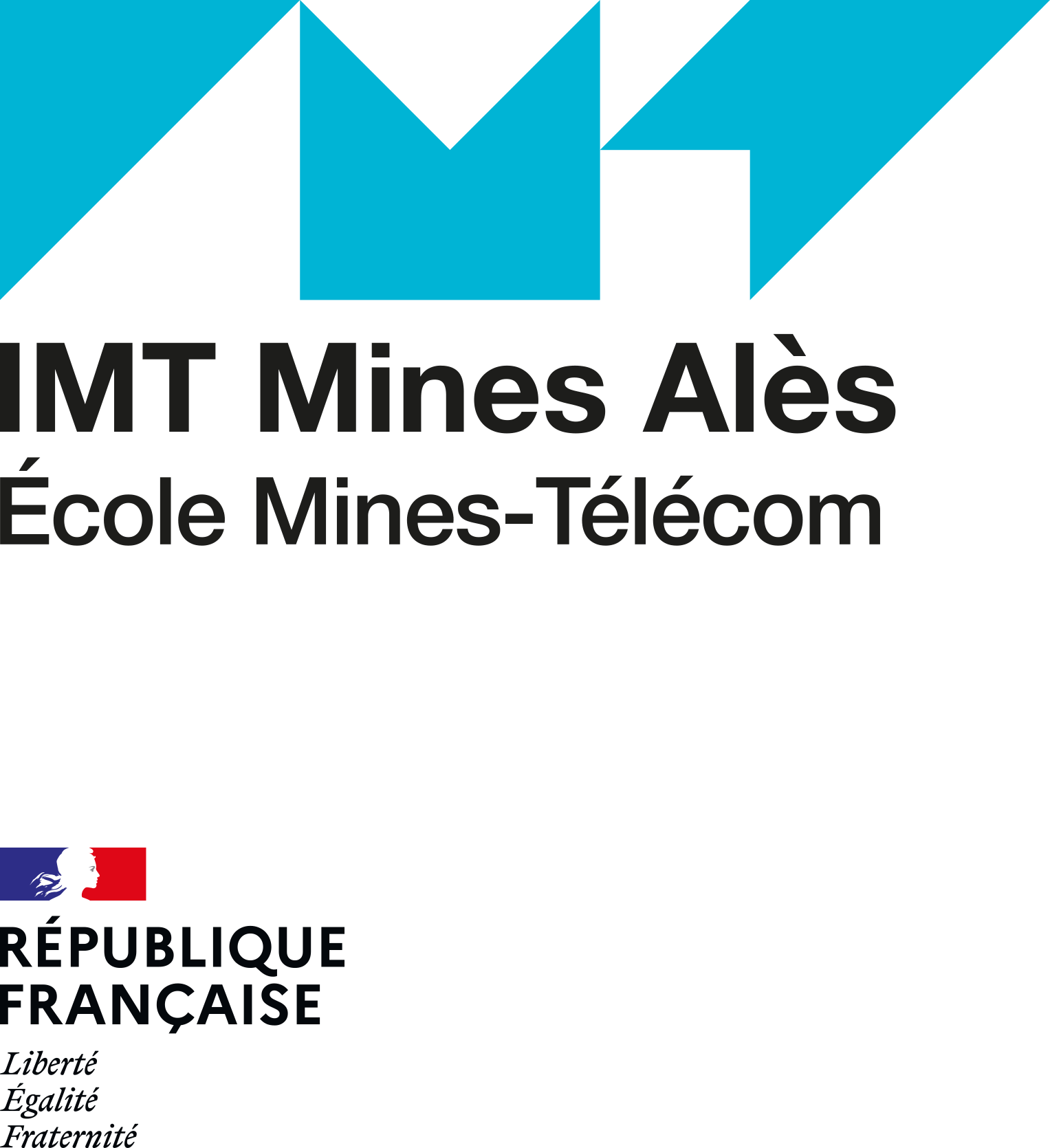Presentation
The Laboratory for the Science of Risks (LSR) is the result of the union of cultures and know-how present within IMT Mines Alès to develop a science of risks. We are at the crossroads of engineering sciences, digital sciences, environmental sciences, and human and social sciences. Our goal is to improve the safety, security, and well-being of populations and future generations in the face of technological, chronic, or natural risks.
With 20 professors, 24 PhD students, and 5 technical staff at the beginning of 2021, the LSR is equipped with an organization and a leadership that are equal to the challenges represented by this mix of communities at the service of society and the environment.
The environment in which humanity is evolving is subject to disturbances of both anthropic and natural origins, on very variable time and space scales. These disturbances can lead to major imbalances and situations that are difficult to control. The effects of these situations are in all cases costly in human terms, or in terms of material goods and resources. These situations sometimes evolve into major crises that can impact human populations (impact on health), the environment (ecological impact), infrastructure (impact on goods) or even lifestyles (impact on society and the economy) in the medium to long term. Different forms of risks are to be considered, whether they are related to technological, natural, chronic or health aspects.
These situations, known as risks, must be considered, studied and analyzed in order to avoid them, anticipate them or control their effects in order to return to normal as quickly as possible and under acceptable conditions.
Indeed, they are no longer accepted solely as progress, nor are they perceived as inevitable, and their management has become a major issue. It is therefore necessary to understand the dynamics of the transformation of a so-called normal situation into a worsened situation and then into a crisis and lack of control. It is also necessary to understand the different interactions at the origin of the emergence of these risky situations, through the analysis of the dangers that they conceal and the possibilities of control of the phenomena or the vulnerabilities that they require. This implies a multidisciplinary and global analysis approach to anticipate the effects of these transformations and the resulting changes in order to improve the resilience of our societies.
Only a perspective and a systemic approach to these situations can enable us to comprehend the different points of view to be taken into consideration and to study the impacts of these systems and their dynamics in terms of risks.
Developing a science of risks is a field situated at the crossroads of many sciences: engineering, digital, environmental, human and social sciences. It is with this in mind that IMT Mines Alès has created a new research unit dedicated to Risk Sciences, whose objective is to improve the safety, security and well-being of populations and future generations in the face of technological, chronic or natural risks.
Staff
APRIN Laurent, Lecturer-researcher, HDR, see the CV
BAYLE Sandrine, Lecturer-researcher,
BONY-DANDRIEUX Aurélia, Lecturer-researcher, HDR
BOUILLET Philippe, Research and development engineer
CARIOU Stéphane, Lecturer-researcher,
CHANUT Clément, Lecturer-researcher, see the CV
CHAPURLAT Vincent, Lecturer-researcher, HDR, see the CV
COUTURIER Pierre, Lecturer-researcher,
DACLIN Nicolas, Lecturer-researcher, HDR, see the CV
DUSSERRE Gilles, Lecturer-researcher, HDR, see the CV
FAGES Marion, Research technician,
FREALLE Noémie, Lecturer-researcher, see the CV
GUILLOT Jean-Michel, Lecturer-researcher, HDR
HEYMES Frédéric, Lecturer-researcher, HDR, see the CV
LOPEZ Christian, Research technician,
MALHAUTIER Luc, Lecturer-researcher, HDR
RABAH CHANIOUR Souad, Lecturer-researcher, see the CV
RICCIO Pierre-Michel, Lecturer-researcher, HDR
ROCHER Janick, Research technician,
SAUVAGNARGUES Sophie, Lecturer-researcher, HDR, see the CV
TENA-CHOLLET Florian, Lecturer-researcher, see the CV
TIXIER Jérome, Lecturer-researcher, see the CV
TROUSSET François, Lecturer-researcher,
WIENIN Jean-Samuel, Lecturer-researcher,
ZACHAREWICZ Gregory, Lecturer-researcher, HDR, see the CV
Research themes
The construction of the Laboratory for the Science of Risks (LSR) is based on a double scientific approach which crosses "research themes" and "application fields".
The research themes deal with the scientific questions to be addressed. They are based on a transversal and a global scientific vision of the study of risk and nuisance situations.
The application fields constitute visible and representative objects of the study of the risks that can impact our territory. They allow the testing of the validity of the scientific questions as well as the solutions developed in the research themes.
The work carried out within this theme focuses on the characterization of the hazard or phenomenon (probability of occurrence, intensity, etc.) on the one hand, and the implementation of action to reduce this hazard on the other. Hazards include natural events (floods, droughts and forest fires), major technological accidents (processing, storage and transport of chemicals) and the emission of volatile compounds and bio-contaminants. In order to limit the impact of the hazard on the issues at stake, preventative actions (allowing the reduction of the probability of occurrence of the hazard) and protection actions (allowing to reduce the severity/intensity of the hazard) must be organized around an integrated and interdisciplinary approach.
The objective of this research theme is to position issues such as a social or socio-technical system, whether isolated or interacting with other issues, at the center of risk assessment, with a particular focus on their vulnerability or resilience. The approach implemented is based on three key steps. The first, conceptual stage, aims to characterize the system under consideration and to define the associated concepts of vulnerability and resilience in relation to the problem. The second step is methodological and consists of organizing the analysis or assessment of the vulnerability or resilience of the system in a structured manner. Finally, the last step aims at operationalizing the approaches or methods developed.
 The research work focuses on the conceptual, methodological and technical assistance to be provided to a group of business actors to carry out, in a collaborative manner and with confidence, the key activities that mark the life cycle of complex systems including Critical Infrastructures. These activities are indeed exposed to or at the origin of risks, whether they concern the design, operation or end of life of these systems. These are crucial activities, during which the formalization and consideration of different types of risks remain too heterogeneous depending on the application fields. The objective is therefore to develop methods for modeling these systems and "systems of systems", for multi-point of view behavioral simulation, for verification and evaluation of non-functional properties (e.g. safety, security or resilience) of alternative solutions to these risks and their effects. This theme addresses technical, organizational and human factors.
The research work focuses on the conceptual, methodological and technical assistance to be provided to a group of business actors to carry out, in a collaborative manner and with confidence, the key activities that mark the life cycle of complex systems including Critical Infrastructures. These activities are indeed exposed to or at the origin of risks, whether they concern the design, operation or end of life of these systems. These are crucial activities, during which the formalization and consideration of different types of risks remain too heterogeneous depending on the application fields. The objective is therefore to develop methods for modeling these systems and "systems of systems", for multi-point of view behavioral simulation, for verification and evaluation of non-functional properties (e.g. safety, security or resilience) of alternative solutions to these risks and their effects. This theme addresses technical, organizational and human factors.
The research developed in this theme is interested in the mechanisms of appearance and development of crisis situations as well as their management, and thus asks several research questions. The first is the understanding of the mechanisms of the crisis and the structure of the organizations involved (their own structure and interrelations). The second and third are concerned with the ability of these organizations to cope by developing methods, models and tools specific to the crisis as well as by detecting weak signals precursors to the crisis. Finally, the fourth aspect, which builds on the previous ones, focuses on organizational learning through innovative crisis management training strategies and the use of feedback.
International collaborations
The LSR develops a finalized research and ensures a mission of transfer of knowledge and skills towards the regional and national economy. It is now recognized, as evidenced by its projects, in several different industrial fields and applications. The LSR develops this territorial anchoring in regional working groups, competitiveness clusters (SAFE Cluster and Aerospace Valley) which allow the development of new partnerships with local or national companies. This anchoring is also manifested in the discussions of the Nîmes-Alès Metropolitan Cluster (PMNA), which mobilize teaching and research institutions as well as partner companies to organize a series of meetings and exchanges highlighting research work: scientific symposia, conferences, round tables, exhibitions, and visits in order to strengthen the link between science and the citizen. This anchoring is also built by the collaborations that we have with the University of Nîmes, IMT Mines Albi, CEA Gramat and Marcoule, CEA Tech Toulouse, the CIVAM Chanvre Gardois and Alisé Géomatique.
On a national and international scale, the LSR has multiple exchanges with historical partner universities: Queen's University (Canada), Universitat Politècnica de Catalunya (Spain), University of Mons (Belgium), Università di Bologna (Italy)), Christchurch University (New Zealand), Université Félix Houphouët Boigny (Ivory Coast), University of Borås, (Sweden), Universitade de Coimbra (Portugal), Pau Costa Foundation, (Spain), Duke University (USA), Sherbrooke University (Canada), Université de Laval (Canada), Centre de Recherche Industrielle du Québec), Univ. Espirito Santo (Brazil), Univ. Santa Catarina (Brazil), Univ. Valparaiso (Chile), Univ. Valladolid (Spain), Univ. Valencia (Spain).


